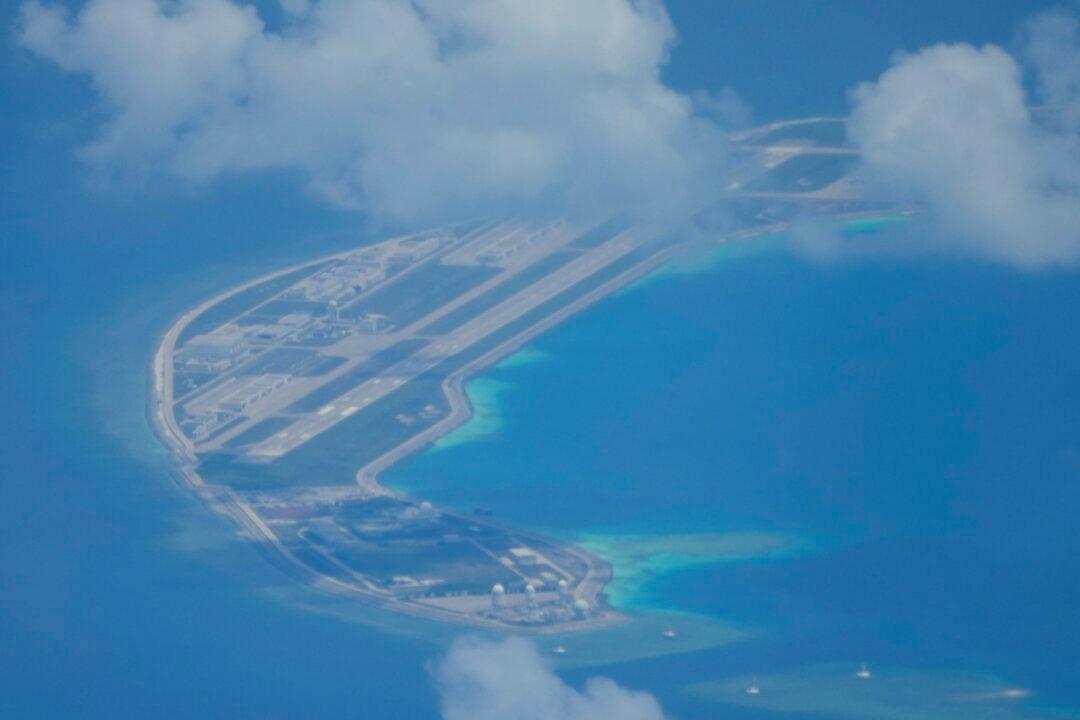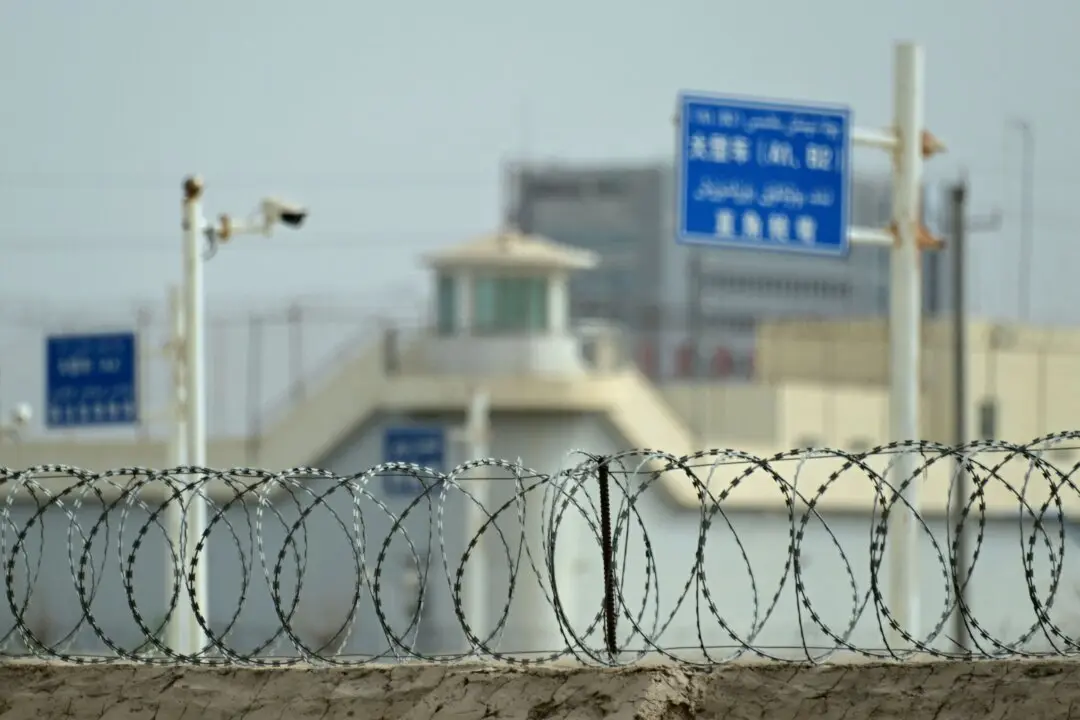At least five neighboring countries and Taiwan have objected to China’s new “standard” national map, which features a “10-dash line” instead of the previous nine dashes used to stake claims on the South China Sea.
The revised map, published by China’s Ministry of Natural Resources on Aug. 28, showcases China’s extensive claims in the disputed South China Sea, with an additional dash to the east of self-ruled democratic Taiwan.





